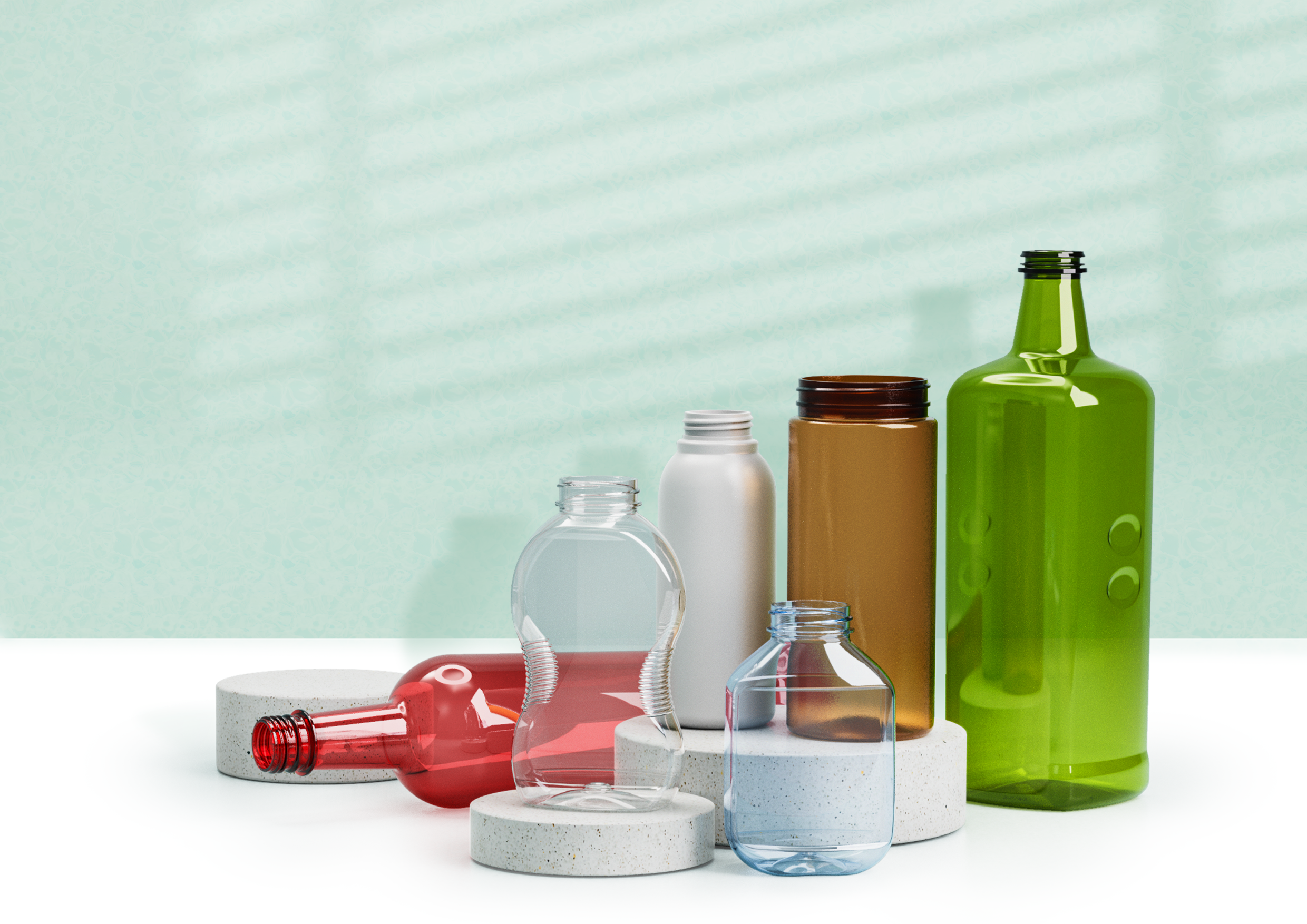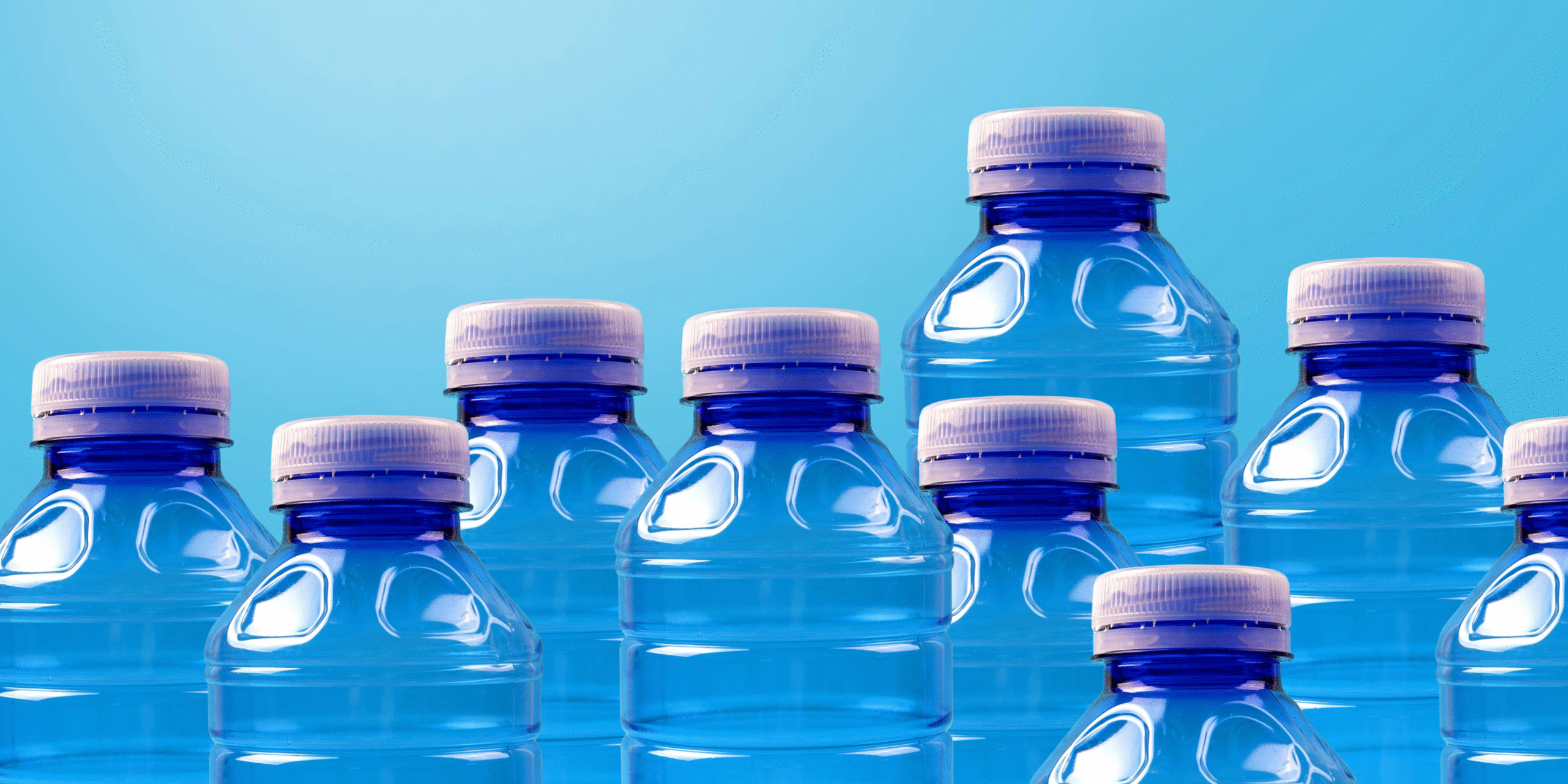Across the U.S. packaging industry, recycled polypropylene (rPP) is emerging as one of the most dynamic materials driving sustainability, innovation, and compliance. As both federal and state regulations increasingly require recycled content in plastic packaging, manufacturers and brands are turning to rPP for its balance of performance, circularity, and design flexibility.
But what makes rPP so valuable – and how is it transforming the future of sustainable packaging?

- Understanding rPP: A Circular Solution for Modern Packaging
Polypropylene (PP) has long been one of the most versatile thermoplastics in the packaging industry, known for its strength, lightweight properties, and resistance to heat and chemicals. When this material is collected, cleaned, and reprocessed into recycled polypropylene (rPP), it becomes a cornerstone of circular packaging systems.
Unlike single-use plastics, rPP supports multiple lifecycles-maintaining its integrity even after reprocessing. This durability allows manufacturers to reduce reliance on virgin resin while still meeting the performance standards required for food, personal care, and household applications.
With growing demand from brands and consumers for sustainable solutions, rPP has become central to the U.S. effort to reduce plastic waste and promote closed-loop packaging systems.
- Performance Without Compromise
One of the strongest advantages of rPP is that it doesn’t sacrifice functionality for sustainability. Its material properties are nearly identical to virgin polypropylene, making it a practical choice for packaging that requires toughness, heat stability, and cost efficiency.
Key characteristics of rPP include:
- High impact resistance: ideal for products that need durability during transport and handling.
- Heat resistance: suitable for hot-fill applications and products exposed to higher temperatures.
- Lightweight density: reduces material usage and transportation costs.
- Chemical resistance: allows for safe storage of cleaning products and industrial substances.
For U.S. brands, this combination means that rPP can easily replace virgin PP in a wide range of applications; from cosmetic jars and caps to food containers and industrial pails – while meeting sustainability targets.
- MeetingU.S. Sustainability and Regulatory Goals
The momentum behind rPP isn’t only environmental – it’s regulatory. Several U.S. states, including California, Washington, and New Jersey, have introduced legislation requiring a minimum percentage of post-consumer recycled content in plastic packaging.
For manufacturers, this means integrating materials like rPP is no longer just a sustainability choice – it’s a compliance strategy.
Additionally, the U.S. Plastics Pact and EPR (Extended Producer Responsibility) frameworks are encouraging companies to use materials that can be efficiently recycled and reprocessed. Since polypropylene is widely collected through curbside programs and industrial recovery channels, rPP fits neatly into this national circularity movement.
By using rPP, U.S. brands can:
- Align with recycled-content legislation.
- Reduce greenhouse gas emissions.
- Support domestic recycling infrastructure.
- Strengthen corporate ESG reporting.
In short, rPP bridges the gap between innovation and responsibility – helping brands meet the evolving expectations of both regulators and consumers.

- Growing Applications Across Key Sectors
As technology improves, rPP is now used in applications that once depended solely on virgin resin.
In food and beverage, it’s applied in closures, condiment jars, and takeaway containers. In personal care, it offers durability and chemical resistance for lotions, creams, and cosmetics. In household and industrial packaging, it’s the go-to choice for pails, cleaning product bottles, and reusable systems.
Leading packaging suppliers are also innovating with multi-layer and mono material designs, allowing for easier recyclability and improved purity in the recycling stream.
This innovation is key to rPP’s continued success – making it a viable, scalable option for industries seeking cost-effective and environmentally compliant packaging.
- Consumer Trust and Brand Value
Today’s consumers are not only aware of sustainability – they expect it. Packaging made with recycled content signals a clear brand commitment to environmental values.
rPP provides an authentic way to communicate that message, particularly when paired with transparent labeling and certifications such as How2Recycle® or PCR content verification.
Unlike early recycled materials that had color or odor challenges, modern rPP resins now achieve consistent color tones, improved aesthetics, and excellent performance – ensuring that sustainability and brand image go hand in hand.
- The Road Ahead: Advancing Circular Packaging in the U.S.
The future of recycled polypropylene in the U.S. is promising. As recycling infrastructure expands and sorting technologies improve, rPP availability and quality will continue to rise.
At the same time, chemical recycling is opening new opportunities – converting hard-to-recycle PP waste into near-virgin resin. This innovation not only boosts supply but also enables food-grade rPP, which was previously limited by mechanical recycling constraints.
With support from manufacturers, policymakers, and sustainability-driven brands, rPP is set to become a defining material for the next generation of circular packaging.

- Partnering for Real Impact
Transitioning to rPP is not a one-step change – it’s a partnership across the supply chain. From resin producers and converters to brand owners, collaboration ensures the packaging solutions of tomorrow are compliant, durable, and truly sustainable.
At Plascene, we’re committed to helping U.S. brands integrate recycled polypropylene into their packaging portfolios through advanced design, material expertise, and scalable manufacturing.
Our goal is to make sustainable packaging a practical reality – one that supports business growth while protecting the planet.
Conclusion
Recycled polypropylene (rPP) is more than just an alternative to virgin plastic – it’s a powerful driver of transformation in the packaging industry. By combining performance, recyclability, and compliance, rPP enables U.S. brands to lead the shift toward circular, low-impact packaging solutions.
As sustainability becomes the standard rather than the exception, rPP is proving that the future of packaging can be both responsible and resilient.

